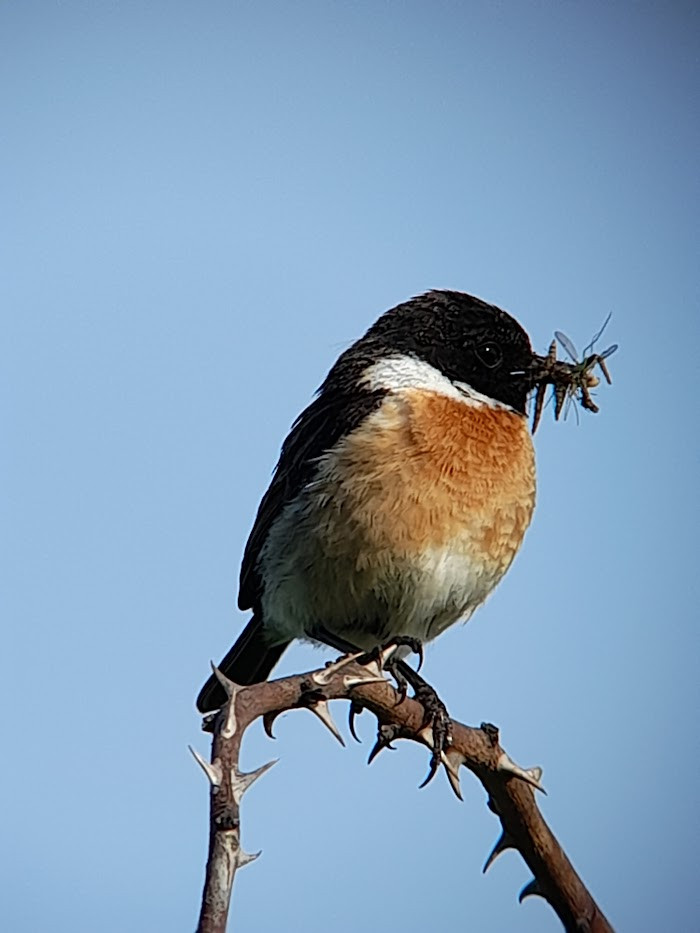Descrizione
In the Negenoord-Kerkeweerd nature reserve, the Konik horses and Galloway cattle provide grazing all year round. They ensure that a mosaic structure is created with open spaces, flowers and bushes and that biodiversity is increased. That also means more insects and birds. On the water numerous ducks, geese and shorebirds frequent the Negenoord site in winter. The diversity of species and the number of individuals can be remarkable.
_________________________
Français: Ancienne gravière et bras de Meuse aujourd'hui pâturés par des chevaux Konig et des vaches Galloway. Les plans d'eau accueillent beaucoup d'oiseaux hivernants. De nombreux canards, oies et limicoles fréquentent le site en hiver. La diversité d'espèces et le nombre d'individus peuvent être remarquables
Dettagli
Accesso
Easy parking at the site entrance, at the location indicated. Click on the P in the map to get directions. The circular route that is shown on the map is 3,5 km. The area also has a watchtower in the center, on a mound, at the highest point.
_________________________
Français: Parking aisé à l'entrée du site, à l'emplacement indiqué
Terreno e habitat
Zona umida , Alberi e cespugli sparsi , Prateria/pascoloCaratteristiche dell’area
Terreno pianoPercorso ad anello
SiÈ utile un cannocchiale?
Può essere utileBuona stagione per il BW
Tutto l'annoMiglior periodo per visitare
InvernoPercorso
Sentiero ampioGrado di difficoltà del percorso a piedi
FacileModalità di accesso
A piediCapanno/torretta di osservazione
NoLink
- Recent bird sightings in the area on Waarnemingen.be
- https://limburgs-landschap.be/negenoord-kerkeweerd




